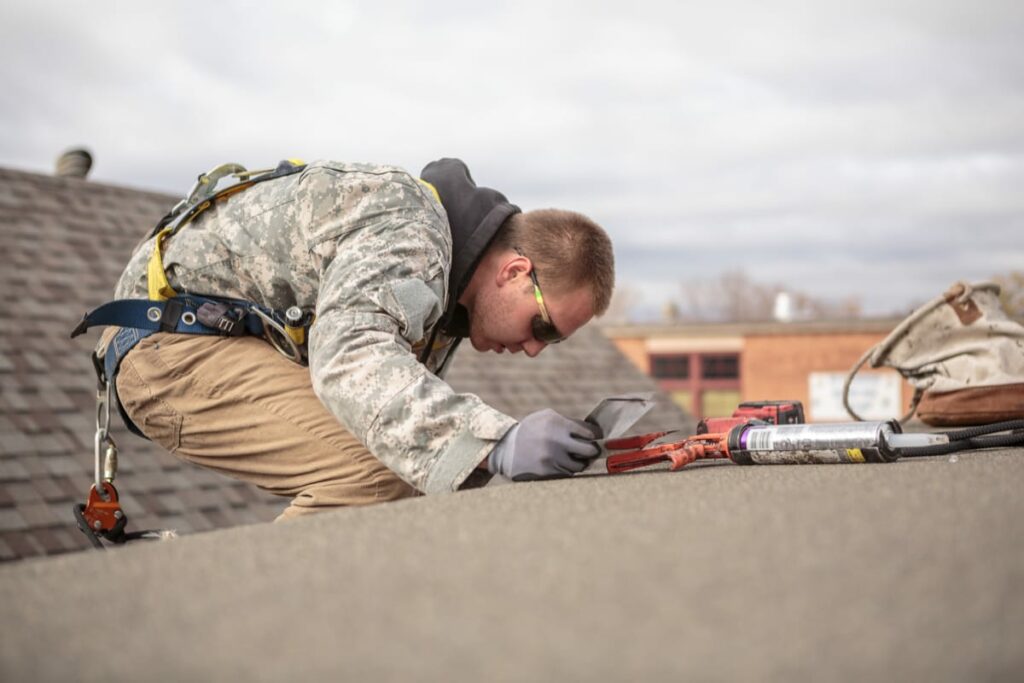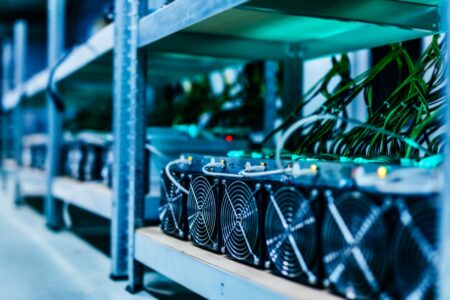If you want to go green and have solar panels installed for your home, there are many benefits. Solar power provides a renewable source of electricity and benefits your environment. Moreover, solar panels will lower your electricity bill, saving you money over time.
Costs of solar panels for the home
In decades past, solar home options weren’t available to the average homeowner. But technology has changed, and solar home options now fit various budgets. Solar panels are more affordable than ever, with financing and leasing options. Like leasing a car, these options allow you to buy the boards with little to no money.
The number of bedrooms in your home may be a rough indicator of how much energy your home consumes, but it’s a good start. Then, look at your electric bill to determine the size of the system you need. If you’re hoping to eliminate your electric bill, you’ll want to buy enough solar panels to cover your daily energy needs. If your energy needs are high, you may need more than one system.
Several factors affect the price of solar panels. First of all, solar panels come in different sizes and types. So the cost per panel will vary. This is determined mainly by the brand and size of the panels. You’ll also want to consider the location of installation. Lastly, solar panels are sold as packages. The price per panel varies wildly, depending on how many panels you need. The larger your system, the more expensive it will be.
A grid-tied solar system will be between $15,000 and $21,000. However, these systems come in different sizes and can reduce your dependence on the power grid by a small or large amount. The bigger the system, the lower your energy bills will be. Some solar systems can send their energy back to the power grid, earning credit for the energy they generate.

Cost of batteries
The cost of batteries for solar panels varies widely. The amount of money you spend on your batteries is dependent on several factors, including battery capacity, type, and balance of system equipment. Incentives and other factors can also affect the cost. It is best to speak to a qualified Energy Advisor for more information about the costs and benefits of using solar batteries. To help you determine which type of battery is right for your home, here are some common factors to consider when choosing the cost of solar batteries.
Depending on the size and brand of the battery, a lithium-ion battery can cost anything from four hundred dollars to $6,000+. The higher the energy capacity, the more expensive the battery will be. Fortunately, lithium-ion batteries are becoming cheaper, and the prices of these batteries are expected to continue to decrease over time.
Lead-acid batteries are a relatively inexpensive option. But they’re not ideal for solar energy systems designed for everyday use. In addition, they’re generally more extensive and require regular recharges. They’re not practical for daily use and can only provide backup power in a power outage. Flooded lead-acid batteries are more expensive, but they have longer lifespans and require less maintenance. The only real disadvantage of lead-acid batteries is their low power density, which is ideal for backup purposes or emergencies.
The cost of batteries for solar panels is determined by the number of hours of energy a battery can store and return. The longer a battery can store energy, the higher its round-trip efficiency. A battery with 80% round-trip efficiency is ideal. However, it won’t last forever because it requires power to operate. Battery life is determined by round-trip efficiency, which varies by type. A 10-kWh battery will only be effective for about eight hours, significantly less than its counterparts with the same energy density.
Cost of net metering
Net metering is a process that credits solar energy system owners for electricity exported to the grid. The exported energy is worth its cost in retail electricity, and it is precious with the increasing electricity rates.
If you have a net-metering plan, you can earn credits from your solar system when you generate more electricity than you consume. This means that you can sell the surplus energy back to the grid, which reduces your electric bills. It’s desirable for properties with very low daytime electricity consumption.
To enroll in net metering for solar panels for the house, you must have written permission from your utility company. The approval is usually in the form of an inter-local agreement and may include enrollment in a program called net metering. This program rewards you with credits for excess energy produced by your solar panels and bills you only for the net amount of electricity you use.
Maintenance of solar panels
The cost of maintaining solar panels for the home varies widely. A typical annual inspection and cleaning costs around $150 on average, but many services are covered by warranties. If your solar panels require regular cleaning, it may cost $12 to $20 per panel. The cost of cleaning varies from system to system and will depend on the number of panels and the amount of electricity used per year. However, if you choose to hire a professional to clean your panels regularly, it can cost up to $12,000 to $21,000, depending on the size of your system.
To maintain the solar panels for the home, you should first remove any debris that could damage them. You can hose them down if they’re placed outside, but this may cause extensive damage. Likewise, you should keep away from using harsh cleaning agents. Solar panels are sensitive to harsh chemicals, and any chemicals used may damage them. Using mild soap and water is recommended, and a softener solution may be added to the water to remove any dirt.
Regular inspections should be performed on your solar panels at least once a month. Make sure to check them from all angles. Check the panels for defects. If you notice an unusually rapid decline in energy output, you should notify your solar panel maintenance team. You can also track the performance of your solar panel by monitoring your electricity bills, and monitoring system software can help you identify the culprit. You should schedule inspections to prevent any problems that might occur.
In addition to checking the panels for damage, you should also look for signs of birds nesting under them. If you’ve noticed any bird droppings on your solar panels, it’s probably a sign that a bird has been nesting underneath them. If you’ve spotted birds nesting under your panels, contact a professional solar panel maintenance company to install bird mesh and bird proofing. These steps should prevent costly damage in the future.

Longevity of solar panels
The longevity of your solar panels is critical when choosing the right home solar system. The type of panel, local climate, and maintenance routine you perform can impact the panel’s lifespan. Extreme temperatures, wind, snow, and dirt can damage solar panel components, decreasing their efficiency. Also, excessive heat can discolor the panel, reducing the energy output. To increase the longevity of your solar panels, you may want to consider the warranty offered by your solar provider.
The lifespan of your solar panels for your home will be significantly improved if they are correctly maintained. Dirty solar panels degrade much faster than clean panels, and these panels accumulate debris over time and do not receive regular maintenance. The degradation rate varies between different solar panels, but solar panels lose about 0.3% of their energy conversion capacity every year. To ensure the maximum life of your solar panels, you should perform regular inspections and maintenance.
The longevity of solar panels depends on the quality of the panels. Low-quality panels can degrade faster, and extreme weather conditions can shorten the panel’s lifespan. Exposure to extreme temperatures, heavy rainfall, hail, and snow can damage solar cells. The quality of the racking system may also be affected by extreme weather conditions. A flawed racking system can make the panels deteriorate quicker. It is therefore essential to make sure you purchase a high-quality solar panel.














